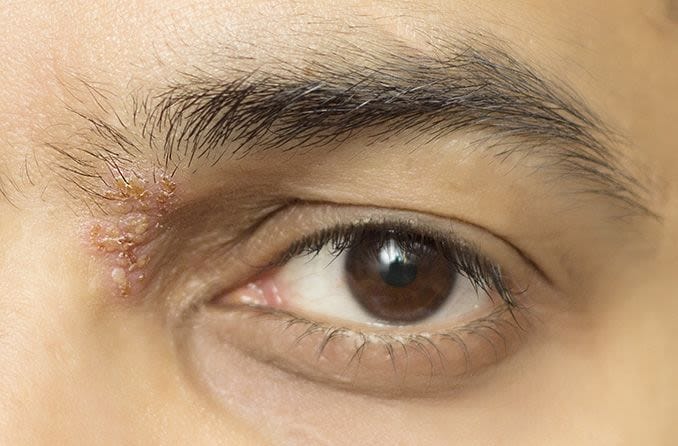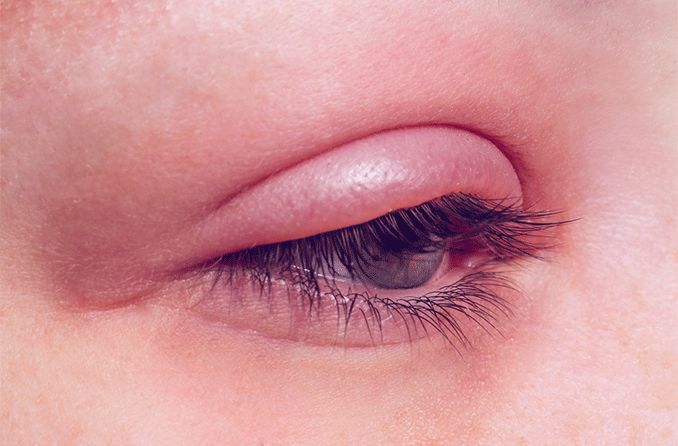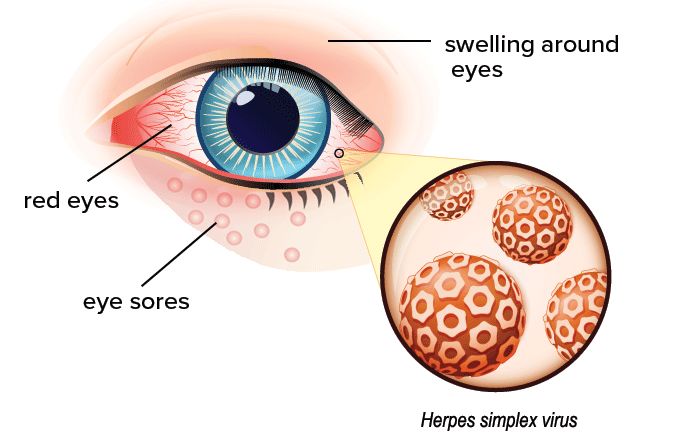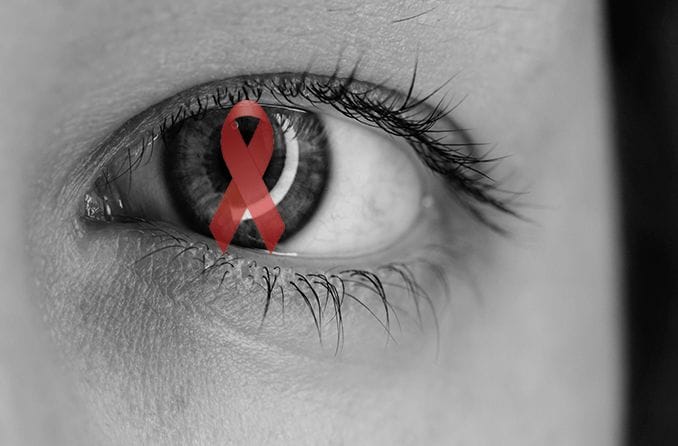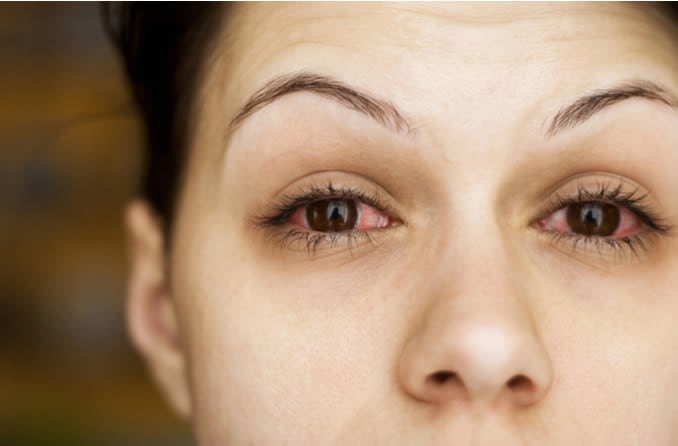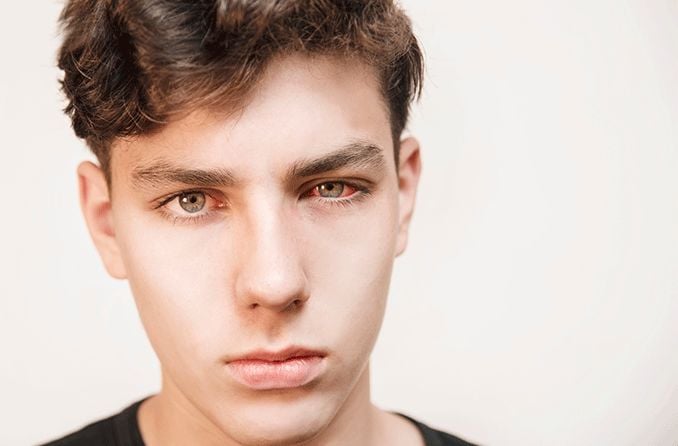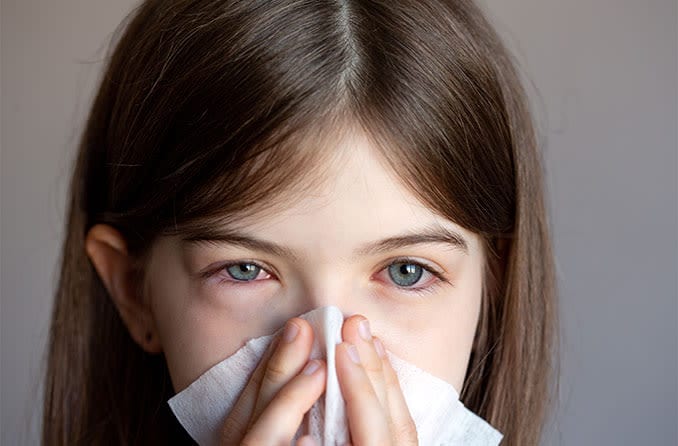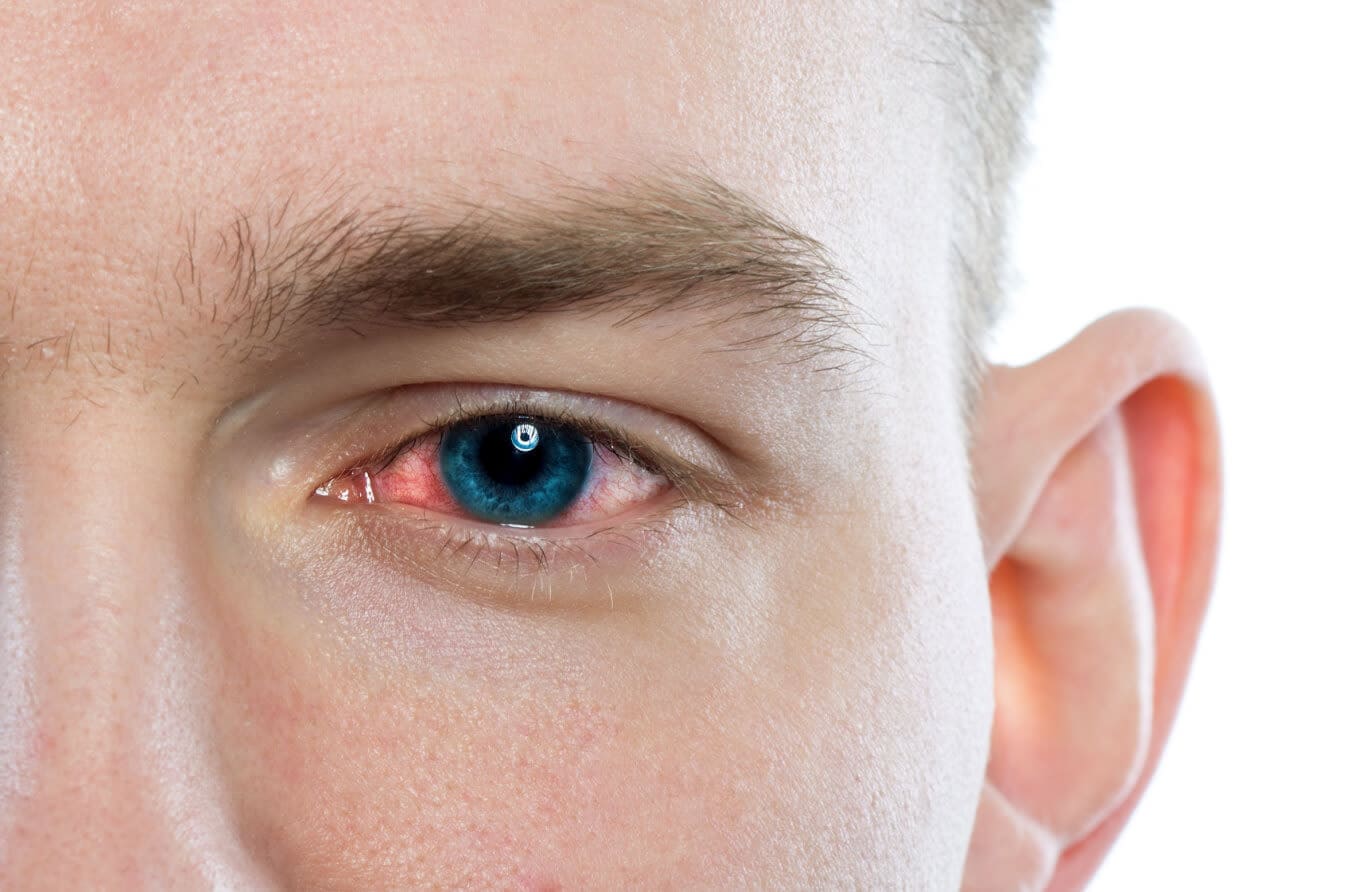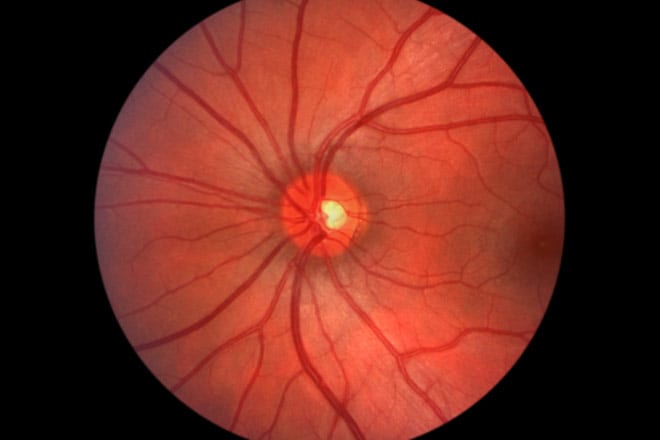What are eye shingles?
Eye shingles is a painful rash of the skin around the eye. It typically affects the forehead and skin of the upper lid. It also can affect the side or tip of the nose. If not quickly daignosed and treated, shingles in the eye can cause permanent damage to your vision.
Shingles on the face and eye is caused by the same virus that causes chickenpox. Shingles can be limited to the area around your eye or it can cause a painful red rash elsewhere on your body.
Over the past six decades, cases of shingles have been on the rise.
The number of cases of eye shingles (shingles in the eye or ocular shingles) in the United States tripled from 2004 to 2016, according to University of Michigan's Kellogg Eye Center.
Researchers found that people over age 75 have the greatest risk. Whites and women also present with a higher incidence of eye shingles.
What explains this increase? Weakening of the immune system from chronic diseases and stress are factors.
Dr. Christopher Rapuano, MD, chief of Cornea Service at Wills Eye Hospital, one of the top U.S. ophthalmic specialty hospitals, says few Americans are getting vaccinated for shingles, which is the best way to avoid the disease – and protect your eyes.
“Shingles can cause bad things to happen to the eyes, and some of those things can happen even with good treatment,” he says.
What causes eye shingles?
Before we take a closer look at shingles affecting the eye (herpes zoster ophthalmicus), let’s talk about what causes shingles in the first place: the chickenpox virus.
As an adult, you may have a hazy memory of spending a week in bed, your itchy body dotted in pink calamine lotion as you binged on daytime TV and ate popsicles by the box.
The blisters may be long gone, but the chickenpox virus still lies dormant in your body.
About one in three U.S. adults will get shingles when the varicella-zoster virus that sparked their childhood chickenpox reactivates in the body, according to Mayo Clinic.
Shingles typically starts out as a band of tenderness or tingling on your skin and then turns into a painful rash.
“People will tell you, ‘It was the worst pain I ever had,’” Rapuano says.
SEE RELATED: Ramsay Hunt syndrome
Can you get shingles in the eye?
It’s most common to get the shingles rash on your chest, back or legs but you can get shingles on the face and eye, Rapuano says. About 15% of cases involve shingles in the eye area, he says.
However, there’s a difference between having shingles around the eye and having shingles in the eye, which doctors refer to as “eye involvement,” Rapuano says. A patient can have shingles around the eye area without the eye itself being involved, he says.
About half of people who have shingles on the forehead or nose will also have eye involvement.
Ocular shingles typically occurs in one eye on the same side of the face as the rash. It typically occur after the shingles rash on the body has resolved, Rapuano says.
A patient who has had shingles on the face may feel like they’re healing well but then notice a symptom such as redness in the eye. When this happens, patients “need to see an eye doctor right away,” Rapuano says.
Symptoms of eye shingles
The symptoms of shingles around the eye may be different from the symptoms of eye involvement. Symptoms of shingles around the eye area may include:
Tingling on the face
Blisters or rash on forehead or nose
Symptoms that may indicate eye involvement in shingles include:
Redness in the eye
Worsening vision
Watery eye
Patients who have shingles on the face should get antiviral treatment for shingles and also see an eye doctor right away to monitor for ocular shingles.
Because the eye can become involved later in the disease process, it is important to follow up with the eye doctor even if your eye appears fine at first.
SEE RELATED: Stevens-Johnson syndrome
Eye shingles treatment
The treatment for ocular shingles around the eye is the same as treatment for shingles on any other area of the body. These three antiviral drugs have been approved in the United States for shingles treatment:
Acyclovir
Valacyclovir
Famciclovir
These drugs can:
Shorten the length of a shingles outbreak
Make shingles less painful
Reduce chances of persistent nerve pain after the rash resolves
In addition to these overall benefits, prompt treatment of eye shingles with antiviral medication can significantly reduce the risk of vision loss.
Without antiviral medication, 50% of ocular shingles patients will develop eye disorders compared with only 25% of patients who take the medication.
It’s crucial to begin taking antiviral medication within 72 hours of the outbreak of the skin rash. “It should be started as soon as possible after the rash starts,” Rapuano says.
If your doctor diagnoses eye involvement with your case of ocular or facial shingles, you may also need topical eye drops. There are two main types of eye drops for shingles:
Corticosteroid eye drops – Steroid drops can reduce the eye inflammation caused by shingles, Rapuano says. This lowers the chances of complications from shingles of the eye.
Pupil dilating eye drops – Your eye doctor also may prescribe eye drops to keep the pupils open for pain relief due to an internal ocular inflammation caused by shingles.
Recovery
Recovery time varies by patient and the specific case, Rapuano says. “If the inflammation is mild and the treatment is pretty aggressive, then symptoms may start getting better within days,” he says.
At some point, your eye doctor may slowly reduce your use of steroid eye drops. But a recurrence of inflammation may signal a need to keep using steroid eye drops.
“Many patients will need to be on low-dose steroids for years, if not forever,” Rapuano says.
Can eye shingles cause blindness?
Even with proper treatment, some eye shingles patients still develop eye disorders such as corneal scarring, glaucoma or retinal disease.
For example, eye shingles can cause:
A corneal dendrite which may lead to a scar
Uveitis (an internal inflammation of the eye)
Glaucoma (due to uncontrolled uveitis)
Blindness (in extreme cases)
In the most severe cases of eye shingles, a patient may need a corneal transplant.
Eye shingles (unlike chickenpox) is not contagious. It cannot be spread to another person.
However, a person who has shingles-related rash anywhere on their body can transmit chickenpox virus to someone who hasn't already had chickenpox or been vaccinated for the condition.
Preventing eye shingles
Prevention is the best medicine for shingles (including eye shingles).
Fortunately, there are two shingles vaccines:
Shingrix – Approved by the U.S. Food and Drug Administration (FDA) in 2017, Shingrix is recommended for adults ages 50 and up. The vaccine is administered in two doses, two to six months apart. Shingrix is more than 90% effective in protecting you from eye shingles. Protection stays strong for at least four years after you get vaccinated.
Zostavax – Zostavax is an older vaccine that is less effective than Shingrix. But it may be preferred for healthy adults ages 60 and up if there’s a reason they can’t have the Shingrix vaccine. For example, someone who is allergic to a component of Shingrix may opt for Zostavax.
The availability of a newer, more effective vaccine should prevent more shingles outbreaks. “We recommend the vaccine for all of our patients,” Dr. Rapuano says.
